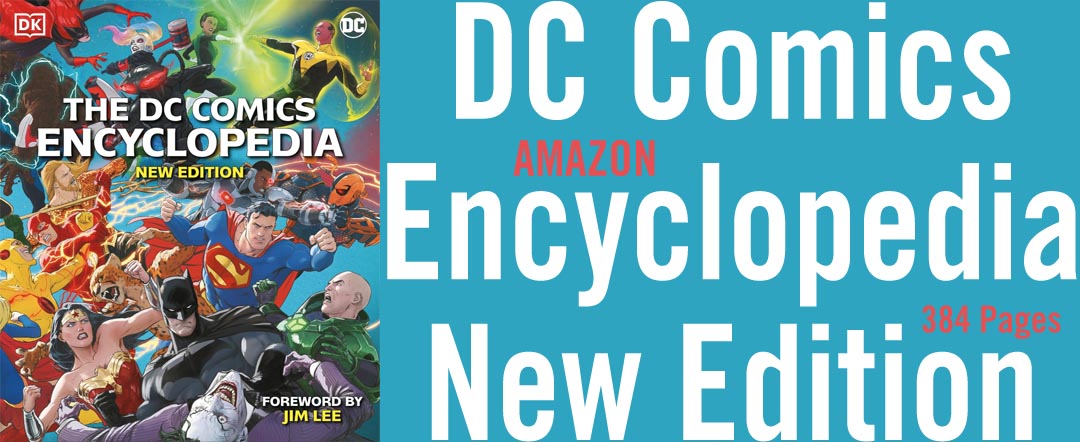Roy Lichtenstein and the comic books he cribbed from
March 2023
Roy Lichtenstein and the comic books – Artnet
If you have seen the work of Roy Lichtenstein in the various museums that hold his art pieces, then you know that his sourcing from comic books is pretty deep. The charge of "plagiarism" is hard to stick since the world of modern art is soupcans, painted toilets and so on, a kind of craftsmanship goal-based on the viewer matching the thing they're seeing "as art" in front of them with what the object holds within society when it is not considered an "art object," and then the modern viewer aligning the two separate existences together.
On one hand, its the authority of the art world's code of integrity telling the viewer that, as we've now told you by way of the environment that we've placed the object within, and by way of the admiration we've given the quasi-celebrity-quasi-artist, the object you're looking at could only be art, because this setting of a museum (or art gallery, etc) is a place where only art resides. The art experts (or salesmen, if you want to draw upon a slightly different view) are putting their reputations on the line and informing the viewer that, yes indeed, you can trust us, this here thing you're looking at is art just like an Old Master Painting or a piece of sculpture or a carving dug up out of the ruins of ancient Babylon.
Lichtenstein's pieces are interesting in their own right, but because of the way art is packaged with prestige, expertise, and again, salesmanship, and by the mere fact of the artworld's machinery being focused on sales, plus inventory and finding the next customer, most of modern art is subsequently, shall we say, suspect.
Since the 2000s, there has been a chorus of voices emerging from the comic book community decrying Lichtenstein’s lifting of comic art—a cribbing so liberal, they say, as to be more plagiarism than appropriation. Leading the charge has been David Barsalou, a comic book collector whose years-long research project, Deconstructing Roy Lichtenstein, has surfaced how the Pop artist’s paintings are nearly identical to his comic book sources.

Torpedo Los, Lichtenstein

Look, Mickey, I've hooked a big one


Who was Roy Lichtenstein?
An American "pop artist"
He gained fame in the 1960s for his paintings that were inspired by comic books and advertising imagery.
Roy Lichtenstein was born in New Yorkj City on October 27, 1923.
He studied at the Art Students League and Ohio State University. Lichtenstein's early works were heavily influenced by Abstract Expressionism, but he later moved toward a representational art style.
In the early 1960s, Lichtenstein began creating paintings based on comic book panels, using a technique that involved enlarging and reproducing the images with a halftone dot pattern similar to that used in printing but on a relatively mammoth scale. He would then paint the images onto large canvases using bright, flat colors.
Some of Lichtenstein's most famous works include "Whaam!" (1963), which depicts a fighter plane being hit by a missile, and "Drowning Girl" (1963), which shows a distressed woman thinking into a thought bubble with "I don't care! I'd rather sink than call Brad for help!"
Lichtenstein's use of comic book imagery was seen as controversial by some art critics, who felt that he was simply copying popular culture rather than creating original art. However, others saw his work as a comment on the mass media and analyzed its perceptions of reality.
Lichtenstein's comic book paintings proved to be hugely popular and influential, and he became one of the leading figures of the pop art movement.
The most expensive sale of a Roy Lichtenstein painting at auction was his work Masterpiece, (image online at Wikipedia) which sold for $165 million at Christie's auction house in New York City in November 2017. The painting, which measures 70 inches by 86 inches, was completed in 1962 and is a prime example of Lichtenstein's signature style, featuring a comic book-style image of a woman holding a telephone. The buyer of the painting has not been publicly disclosed.

Last Update June 20, 2022 | Updated November 26, 2024


